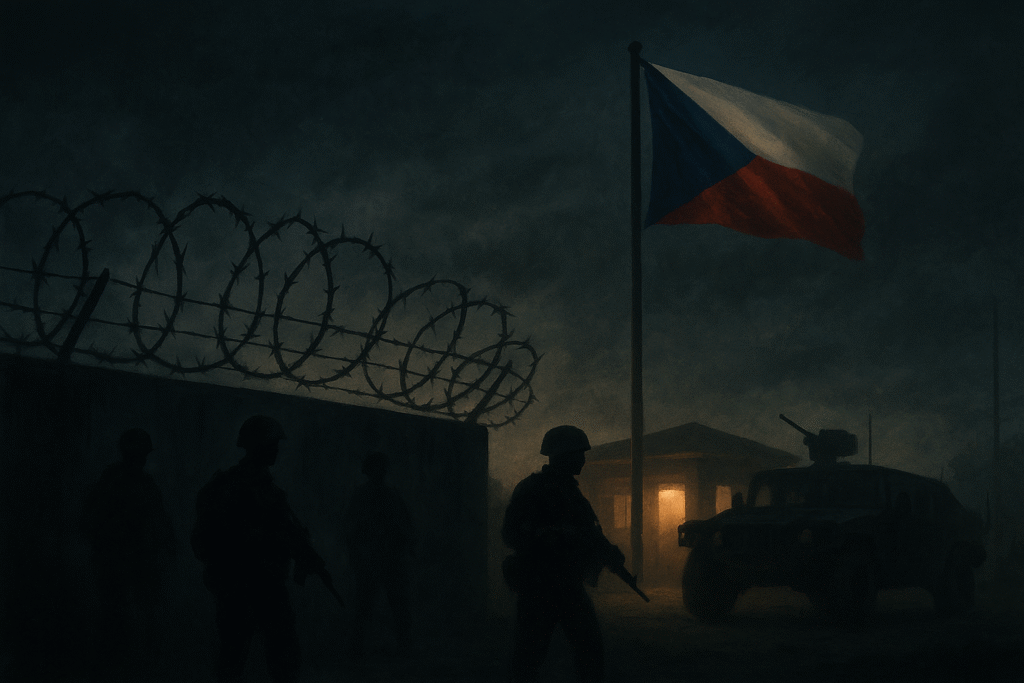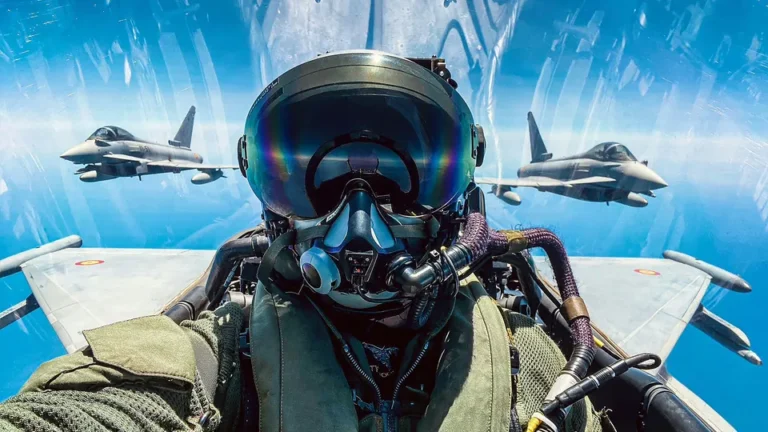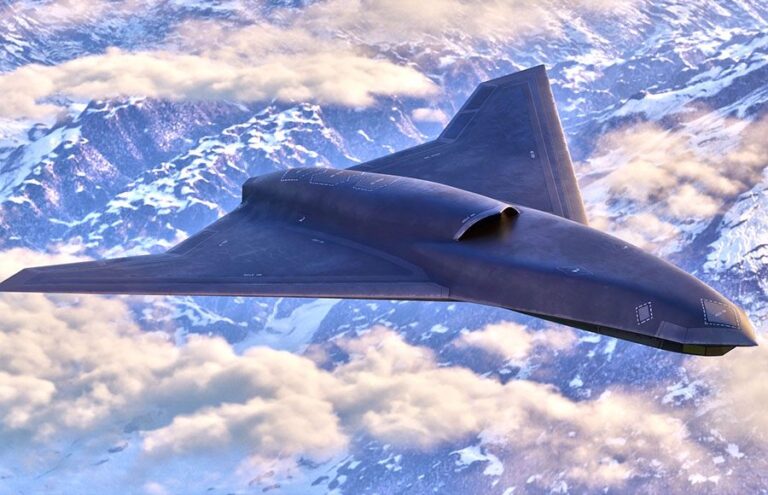
He Died in Custody. Now Four Elite Soldiers Face a Trial Like No Other
On October 22, 2018, an Afghan soldier named Vahidullah Khan opened fire on NATO troops at the Shindand base in Herat Province. The attack resulted in the death of Czech K-9 handler Staff Sergeant Tomáš Procházka and left two other Czech soldiers wounded (The New York Times, 27 Nov 2018). Within hours, Khan was detained and passed through the custody of Afghan, American, and Czech forces. By midnight, he was unconscious. He died shortly thereafter in a field hospital from what were described as injuries “incompatible with life” (Respekt, 16 Feb 2020).
This incident, initially viewed as a tragic outcome of Afghanistan’s ongoing instability, has since evolved into one of the most sensitive and complex legal cases involving Czech forces abroad. Four members of the Czech Republic’s elite 601st Special Forces Group now face trial for their alleged conduct during Khan’s detention (iRozhlas, 22 Apr 2025).
The Man Behind the Uniform: Who Was Tomáš Procházka?
Staff Sergeant Tomáš Procházka was not just another name in a military report. Known among colleagues for his professionalism and deep bond with his service dog, Procházka had previously served in missions in the Balkans and Mali before his deployment to Afghanistan. He was an experienced handler and a valued member of the Czech military community. His death sent shockwaves not only through his unit, but also through Czech society, where he was later honored posthumously for bravery (Lidovky.cz, 2018).
Custody and Controversy
Following the shooting, Khan was arrested by Afghan forces and, according to Afghan provincial council member Vakil Ahmad Karochi, was initially in a stable condition (The New York Times, 27 Nov 2018). He was then transferred to NATO custody, reportedly under the joint control of U.S. Special Forces (7th SFG) and Czech special operators from the 601st Group (Respekt, 16 Feb 2020).
While Czech officials have confirmed their involvement in the arrest, they categorically deny that Czech soldiers played any role in Khan’s death. “We strongly reject any such allegations,” said Ministry of Defence spokesperson Jan Pejšek (iRozhlas, 27 Nov 2018).
Despite this, The New York Times reported that the U.S. team involved in Khan’s transfer was withdrawn from Afghanistan during the investigation, raising further questions about responsibility (The New York Times, 27 Nov 2018).
Allegations of Abuse and Medical Evidence
Upon being returned to Afghan custody around midnight, Khan was reportedly unconscious and severely injured. “He had no gunshot wounds, but his body was covered in bruises,” said his father, Sajid Rahman (The New York Times, 27 Nov 2018).
Khan’s family provided a photograph of his body to The New York Times, which commissioned an independent analysis by Dr. James Gill, Chief Medical Examiner for the State of Connecticut. Dr. Gill confirmed that Khan’s face and head showed signs of multiple blunt-force traumas (The New York Times, 27 Nov 2018).
Karochi, the Afghan official, concluded: “We know he died as a result of torture. But we don’t know whether it was the Americans or the Czechs who did it” (The New York Times, 27 Nov 2018). Czech officials have consistently denied this account.
Legal Proceedings and Classification of Charges
The Czech military closed its initial investigation only eight days after Khan’s death, finding no evidence of wrongdoing. It was only after public pressure and media coverage that the civilian authorities reopened the case in May 2019 (Respekt, 16 Feb 2020).
In 2021, four Czech soldiers were charged—two with coercion using violence and disobedience, and two others with failure to render aid and breach of guard duties (iRozhlas, 22 Apr 2025). However, no one has been charged with torture or cruel treatment, despite the nature of the injuries sustained by Khan.
According to legal scholar Maroš Matiaško, this is not surprising. In his book Zločin mučení a lidská práva, he points out that Czech courts often prosecute conduct that meets international definitions of torture under lesser domestic provisions like coercion or bodily harm (Matiaško, 2020, p. 199–200). This practice has also been repeatedly criticized by the UN Committee Against Torture (UN CAT, Concluding Observations on Czech Republic).
Political and Diplomatic Dimensions
The political fallout was immediate. Then-President Miloš Zeman dismissed The New York Times report as “highly unreliable” (iRozhlas, 27 Nov 2018), while the Czech Ministry of Defence maintained that its soldiers had acted in accordance with protocol.
Nevertheless, the case drew the attention of NATO and the U.S. Army Criminal Investigation Command (CID), which opened its own inquiry at the request of General Austin S. Miller, commander of the NATO Resolute Support Mission (Seznam Zpravy, 27 Nov 2018).
Adding to the complexity, the Afghan government submitted a formal diplomatic note (nóta) requesting Czech documents relating to Khan’s interrogation, including protocols, medical records, and witness statements (Respekt, 2020; Český rozhlas, 2020).
The Broader Problem of Insider Attacks
Khan’s attack was one of four insider incidents that year. These “green-on-blue” attacks have long plagued the NATO mission in Afghanistan, peaking in 2012 when they accounted for 15% of NATO casualties (The New York Times, 27 Nov 2018).
Some Afghan officials speculated that Khan may have been a Taliban infiltrator, although his family denies this. They describe him as a young man who joined the army after ISIS threatened their village in Nangarhar and who had been selected for an elite Afghan commando unit (Respekt, 16 Feb 2020).
A Case Still Unresolved
More than six years after Khan’s death, the truth remains obscured. Four Czech soldiers—previously regarded as elite operatives—are now charged in a case without precedent in the country’s modern military history. If convicted, they could face sentences of up to life imprisonment (iRozhlas, 22 Apr 2025).
At the same time, critics argue that the Czech legal framework does not adequately reflect the seriousness of torture as defined under international law. This gap may shape the legal outcome, impact victims’ rights, and ultimately determine whether justice is done.
Until court proceedings are complete—and unless more information is released—the death of Vahidullah Khan will remain an unresolved chapter in the history of NATO’s longest war.
By: Katerina Urbanova







